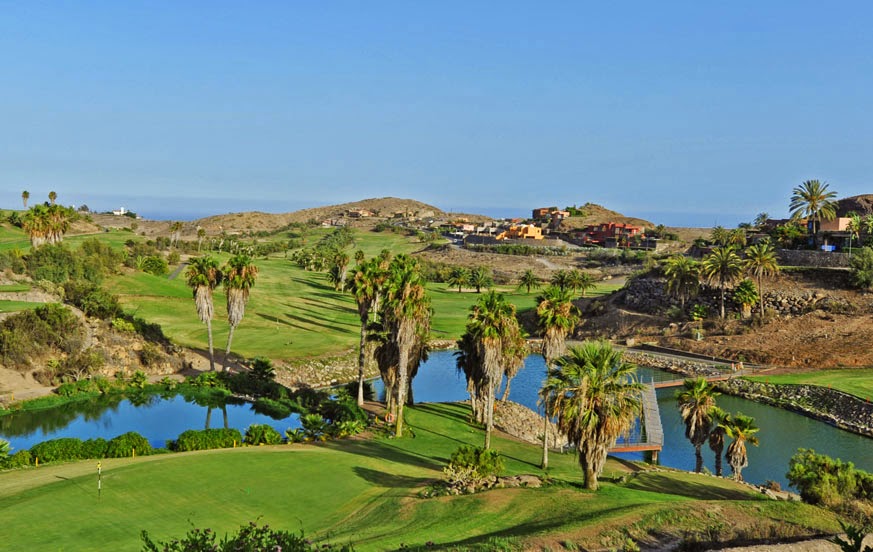1. WONDERFUL LOCATION IN THE SOUTH
The Salobre Golf Resort is a little paradise in the south of Gran Canaria. The two golf courses (Salobre North and Salobre South) are surrounded by modern villas and the Sheraton Hotel. But the resort is not far away from the main attractions of the south – in just 10 car minutes you can reach the beautiful sandy beaches of Maspalomas and the nearest shopping center.
Das Salobre Golf Resort ist ein kleines Paradies im Süden von Gran Canaria. Die zwei Golfplätze (Salobre Nord und Salobre Süd) sind umgeben von modernen Villen und dem Sheraton Hotel. Dennoch ist das Resort nicht weit von den wichtigsten Attraktionen des Südens entfernt – nur 10 Autominuten sind es bis zu den wunderschönen Sandstränden von Maspalomas und bis zu dem nächsten Einkaufszentrum.
El Salobre Golf Resort es un pequeño paraíso en el Sur de Gran Canaria. Los dos campos de golf (Salobre Norte y Salobre Sur) están rodeados de villas y del Hotel Sheraton. A pesar de ello, el Resort se encuentra cerca de las principales atracciones del Sur – son sólo 10 minutos en coche hasta las hermosas playas de Maspalomas y hasta el próximo centro comercial.





